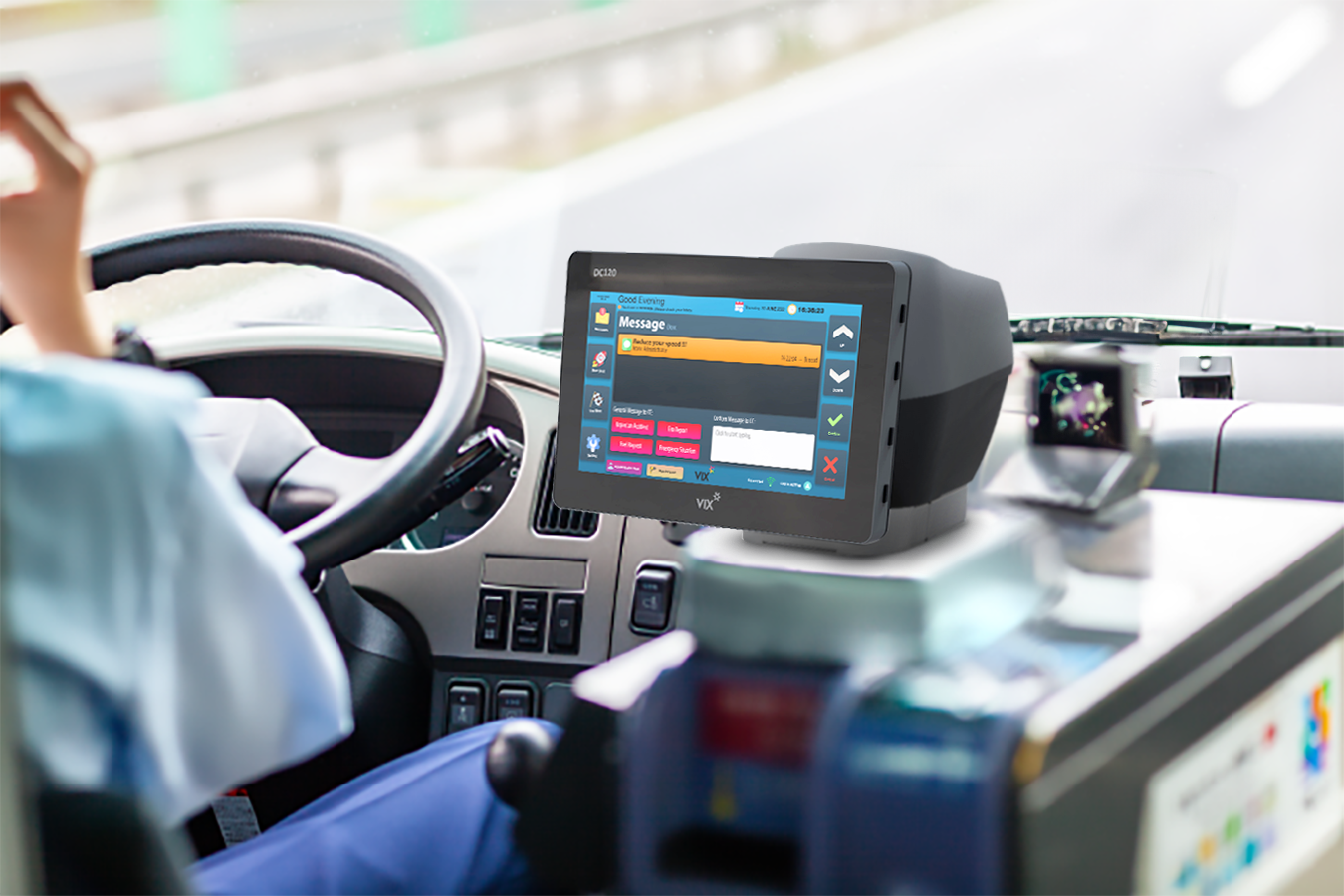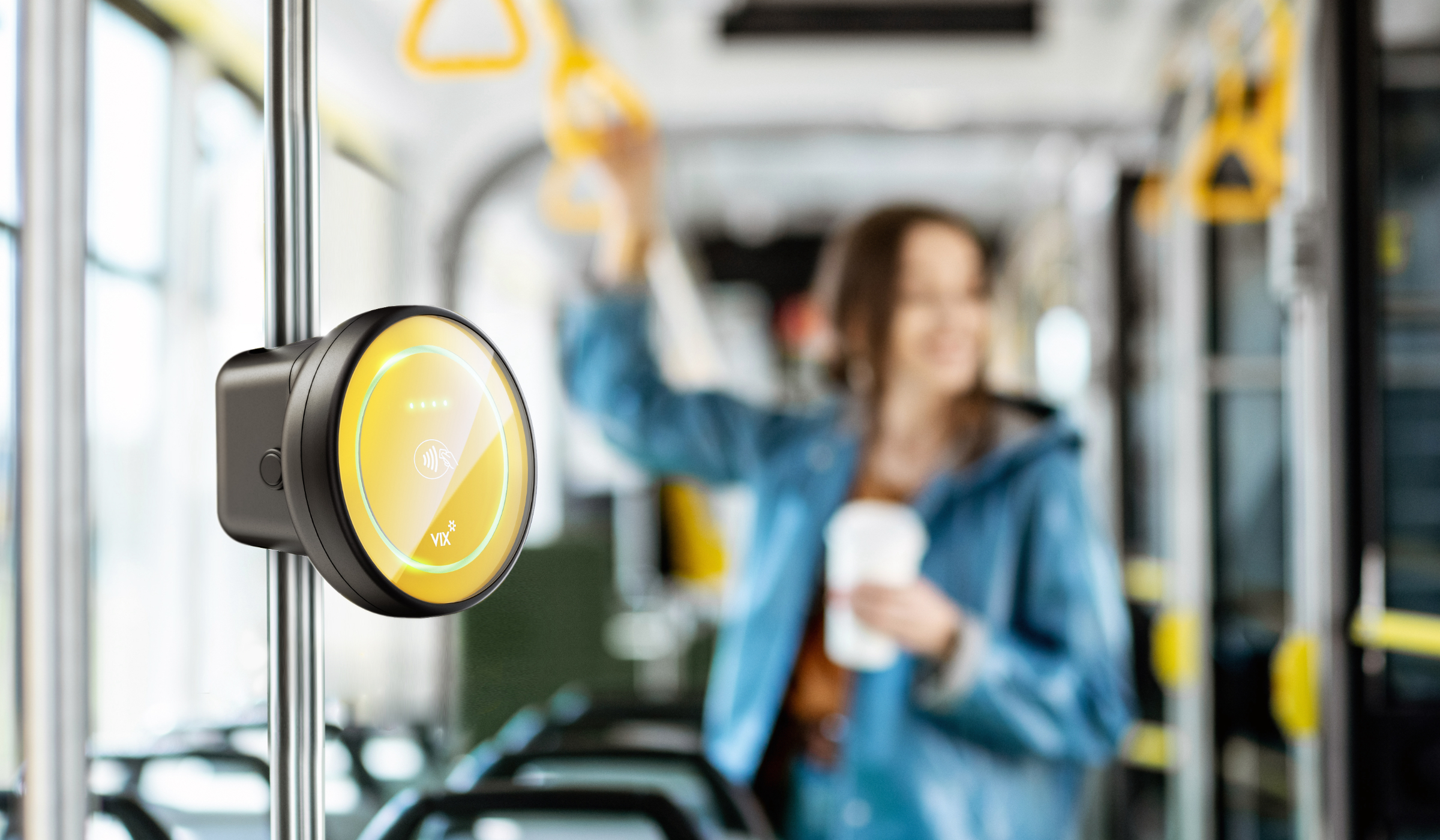cONTACTLESS PAYMENT TECHNOLOGY

What technology does Contactless Payment use?
Contactless payment technology is increasingly used for everyday transactions. Awareness and demand has increased among consumers since the push for low-contact transactions over the last few years has escalated.
The good news is the vast majority of consumers already have access to a contactless payment method via their credit and debit cards or any smartphone mobile wallet. Importantly, the ability to process contactless payments is dependent on the POS system of the merchant, or in the case of transit agencies, the device being used to collect payments. Without the correct payment processors, customers can’t pay using contactless even though they already have the right physical media in their pockets. So any transit agency that doesn’t have the correct technology to process contactless payments is unable to take advantage of this payment method.
Let’s explore the way contactless payments utilize cutting-edge technology to provide a safe, secure, and fast transaction.
RFID
RFID is an acronym for “Radio Frequency Identification.” RFID technology encrypts information that can be transmitted wirelessly via radio waves. RFID can be used at far distances as a sort of long-distance barcode scanner for inventory management, race timing, and other kinds of tracking.
RFID systems require two parties: the transmitter and the receiver, or—in the case of a transaction like purchasing fare—a payer and a payee.
When used for contactless payment, RFID technology is deployed via a small computer chip inside a credit or debit card or a smartphone. A kind of RFID system called NFC is actually so secure its use is mandated by the U.S. Department of Defense and is required in many countries’ passports.


NFC
NFC is an acronym for “Near Field Communication.” NFC is a kind of RFID technology that requires the transmitting and receiving devices to be very close to each other, usually within 1-2”. While RFID can do very long-range information transmission, NFC is a subset of this technology that uses a different, higher frequency requiring much closer contact.
This is why NFC is used for contactless payments. The process of holding a chipped card or smartphone directly against the reader provides an extra layer of security, making contactless payments safe and secure.
NFC is the technology used by smartphones that have enabled mobile wallets, such as ApplePay.
EMV Chip
EMV stands for Europay, Mastercard, and Visa. Specifically, the EMV chip is the physical “antennae” necessary for RFID/NFC contactless payments using credit cards.
Here’s the catch—while all EMV chips are capable of NFC contactless payments, the ability to do such a transaction relies on the payee. If the POS or farebox collecting the payment cannot process NFC payments, the chip is then used by inserting the card into the reader. This chip-insertion process is still very secure, but it takes longer and usually requires a PIN to complete the transaction, upping the length and contact risks of every transaction.
So, to offer pay-as-you-go for your riders, you’ll need to upgrade your systems to accept contactless payments. With contactless payment solutions like Vix Technology’s, transit agencies can process these payments to reduce dwelling time, minimize close contact, and allow for physical barriers between riders and drivers.

RESOURCES



